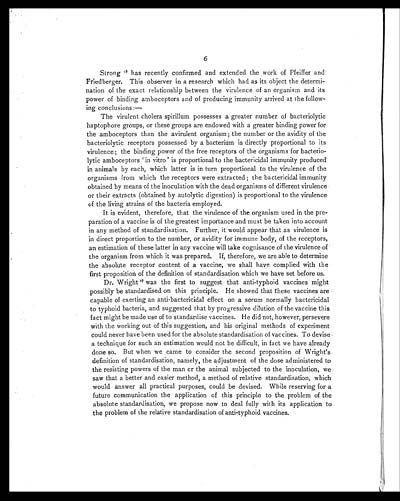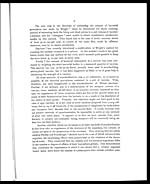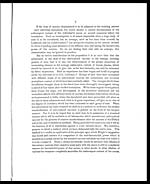Medicine - Institutions > Army health reports and medical documents > Scientific memoirs by officers of the Medical and Sanitary Departments of the Government of India > Number 21 - On the standardisation of anti-typhoid vaccine > On the standardisation of anti-typhoid vaccine
(14) Page 6
Download files
Individual page:
Thumbnail gallery: Grid view | List view

6
Strong 16 has recently confirmed and extended the work of Pfeiffer and
Friedberger. This observer in a research which had as its object the determi-
nation of the exact relationship between the virulence of an organism and its
power of binding amboceptors and of producing immunity arrived at the follow-
ing conclusions :—
The virulent cholera spirillum possesses a greater number of bacteriolytic
haptophore groups, or these groups are endowed with a greater binding power for
the amboceptors than the avirulent organism; the number or the avidity of the
bacteriolytic receptors possessed by a bacterium is directly proportional to its
virulence; the binding power of the free receptors of the organisms for bacterio-
lytic amboceptors ' in vitro' is proportional to the bactericidal immunity produced
in animals by each, which latter is in turn proportional to the virulence of the
organisms from which the receptors were extracted; the bactericidal immunity
obtained by means of the inoculation with the dead organisms of different virulence
or their extracts (obtained by autolytic digestion) is proportional to the virulence
of the living strains of the bacteria employed.
It is evident, therefore, that the virulence of the organism used in the pre-
paration of a vaccine is of the greatest importance and must be taken into account
in any method of standardisation. Further, it would appear that as virulence is
in direct proportion to the number, or avidity for immune body, of the receptors,
an estimation of these latter in any vaccine will take cognisance of the virulence of
the organism from which it was prepared. If, therefore, we are able to determine
the absolute receptor content of a vaccine, we shall have complied with the
first proposition of the definition of standardisation which we have set before us.
Dr. Wright17 was the first to suggest that anti-typhoid vaccines might
possibly be standardised on this principle. He showed that these vaccines are
capable of exerting an anti-bactericidal effect on a serum normally bactericidal
to typhoid bacteria, and suggested that by progressive dilution of the vaccine this
fact might be made use of to standardise vaccines. He did not, however, persevere
with the working out of this suggestion, and his original methods of experiment
could never have been used for the absolute standardisation of vaccines. To devise
a technique for such an estimation would not be difficult, in fact we have already
done so. But when we came to consider the second proposition of Wright's
definition of standardisation, namely, the adjustment of the dose administered to
the resisting powers of the man or the animal subjected to the inoculation, we
saw that a better and easier method, a method of relative standardisation, which
would answer all practical purposes, could be devised. While reserving for a
future communication the application of this principle to the problem of the
absolute standardisation, we propose now to deal fully with its application to
the problem of the relative standardisation of anti-typhoid vaccines.
Set display mode to: Large image | Zoom image | Transcription
Images and transcriptions on this page, including medium image downloads, may be used under the Creative Commons Attribution 4.0 International Licence unless otherwise stated. ![]()
| Permanent URL | https://digital.nls.uk/75028299 |
|---|
| Shelfmark | IP/QB.10 |
|---|---|
| Additional NLS resources: | |




